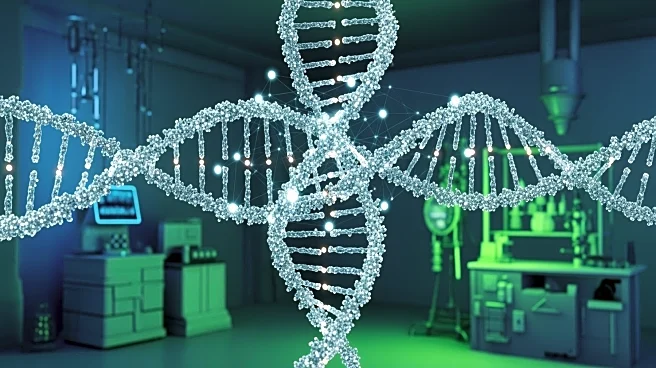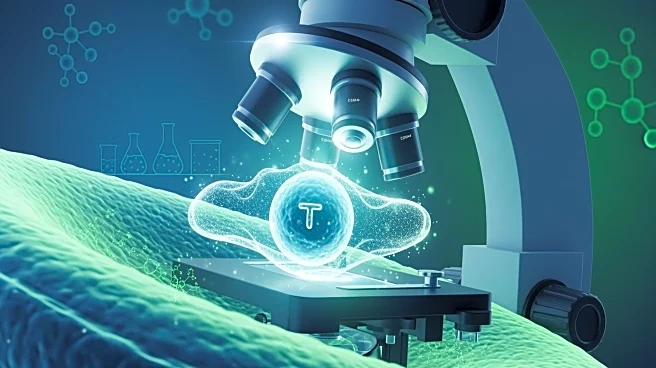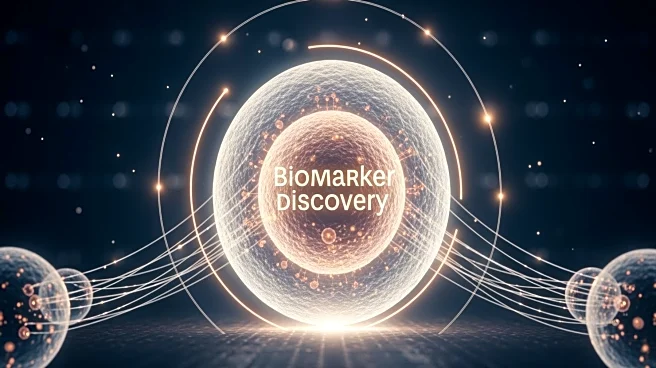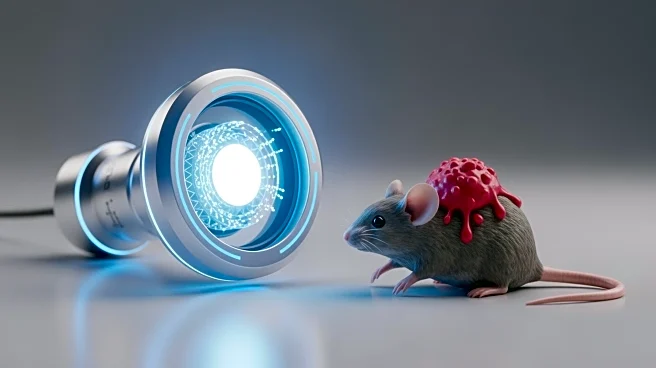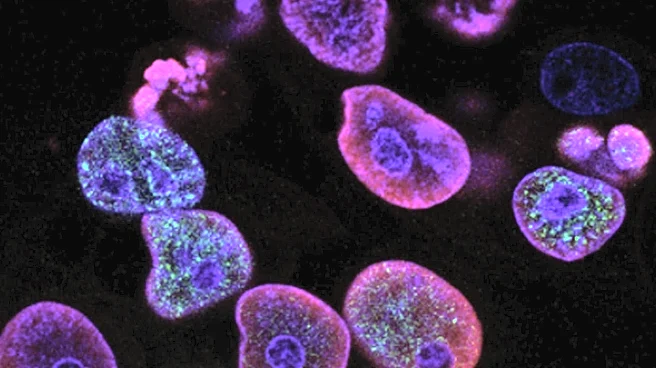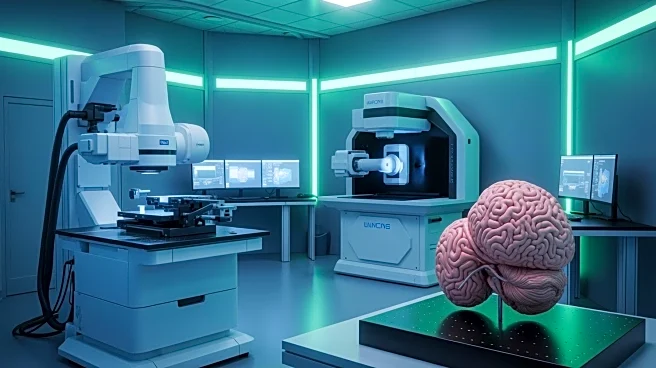What's Happening?
Researchers at Rice University have developed a groundbreaking real-time epigenetic sensor that tracks post-translational modification (PTM) dynamics in living cells and animals. This innovative technology,
detailed in a study published in Nature Communications, allows for the biosynthesis and genetic encoding of acetyllysine, providing a direct view into PTM processes. The sensor is effective in bacteria, human cells, and live tumor models, offering new insights into complex diseases such as cancer and neurological disorders. By equipping cells with the ability to produce and sense a new amino acid, the research team has created a method to observe the 'invisible choreography' of proteins within living cells. This development could significantly impact the study of disease mechanisms and drug actions.
Why It's Important?
The introduction of this real-time epigenetic sensor represents a significant advancement in the field of biomedical research. By enabling the observation of PTM dynamics in real time, this technology could transform the understanding and treatment of diseases rooted in protein regulation. The ability to track these modifications without disrupting cells opens new possibilities for studying disease mechanisms and drug efficacy. This could lead to more targeted therapeutic approaches and personalized medicine, particularly in the treatment of cancer and neurological diseases. The research also highlights the potential for large-scale drug screening targeting PTM-regulating enzymes, which could accelerate the development of new treatments.
What's Next?
The research team at Rice University plans to extend this approach to other types of PTMs and human-derived organoid systems. This could provide deeper insights into cellular recognition and increase the platform's relevance for personalized medicine. The method's application in real-time disease tracking and treatment monitoring could revolutionize how diseases are studied and treated. Future enhancements may also include the development of more sophisticated sensors and the integration of this technology into clinical settings, potentially leading to new diagnostic and therapeutic tools.
